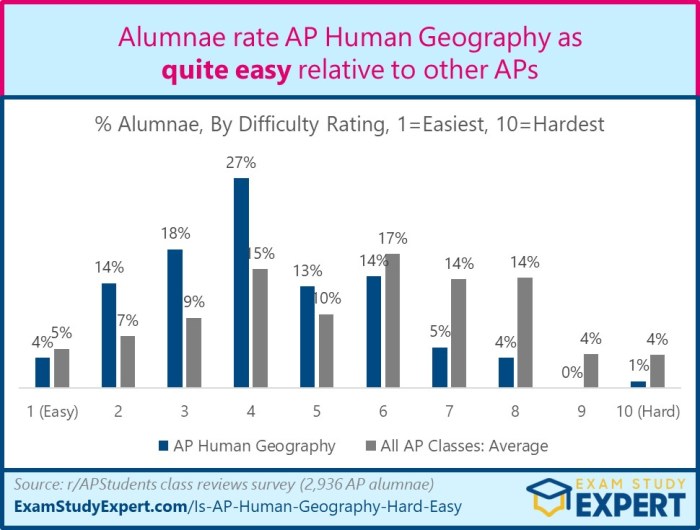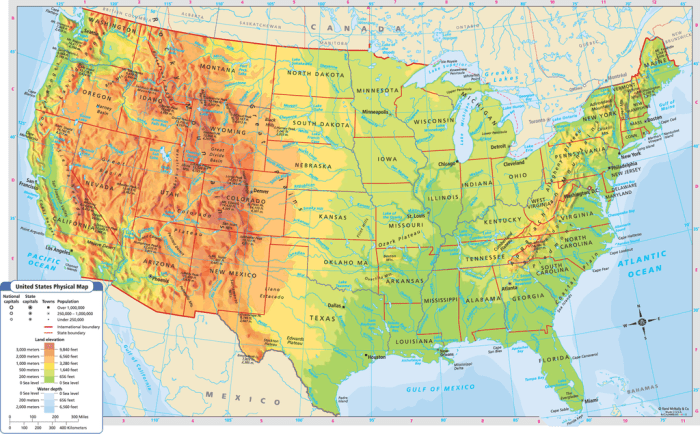Ap human geo unit 1 vocab – Welcome to the world of AP Human Geography! In this first unit, we’ll embark on a journey to explore the key concepts that will lay the foundation for our understanding of human interactions with the Earth. From spatial distribution and population density to migration and global population patterns, we’ll delve into the vocabulary that will empower us to analyze and interpret the complex world around us.
Define key terms
In human geography, understanding the distribution of people and their movement is crucial. Let’s define some key terms to lay the foundation for our exploration.
Spatial distribution
Spatial distribution refers to the arrangement of people or objects across a given geographic area. It describes how individuals or entities are dispersed or concentrated in space.
Population density
Population density measures the number of people living in a particular area, typically expressed as the number of individuals per square kilometer or mile. It helps us understand the level of crowding or sparseness in a given region.
Migration
Migration involves the movement of people from one place to another, either permanently or temporarily. It can occur within a country (internal migration) or across borders (international migration), and it significantly influences the demographic makeup of regions.
Describe different types of maps
Maps are an essential tool for geographers and other scientists to represent and analyze spatial data. There are many different types of maps, each with its own purpose and use.
Purpose of a choropleth map
A choropleth map is a thematic map that uses different colors or shades to represent the values of a variable across a geographic area. Choropleth maps are often used to show the distribution of a variable, such as population density, income, or educational attainment.
To read a choropleth map, first identify the variable that is being mapped. Then, look at the legend to see how the colors or shades correspond to different values of the variable. Finally, examine the map to see how the variable is distributed across the geographic area.
How to read a dot distribution map
A dot distribution map is a thematic map that uses dots to represent the location of a variable. Dot distribution maps are often used to show the distribution of a point feature, such as the location of cities, schools, or businesses.
To read a dot distribution map, first identify the variable that is being mapped. Then, examine the map to see where the dots are located. The density of the dots can give you an idea of the concentration of the variable in different areas.
Examples of thematic maps
Thematic maps are maps that are designed to show a particular theme or topic. Thematic maps can be used to show a variety of information, such as the distribution of population, the location of natural resources, or the patterns of land use.
To start off the AP Human Geo unit 1 vocab, I was feeling a bit lost, but after reading about henry’s mood in one word , I started to feel more confident. Now, I’m ready to tackle the rest of the unit!
Some common examples of thematic maps include:
- Population density maps
- Income maps
- Educational attainment maps
- Land use maps
- Climate maps
Analyze global population patterns: Ap Human Geo Unit 1 Vocab

The distribution of people across the globe is influenced by a multitude of factors, ranging from physical geography to socio-economic conditions. Understanding these factors is crucial for addressing the challenges posed by overpopulation.
Factors that influence population distribution
Physical geography:Mountains, deserts, and other natural barriers can impede human settlement, while fertile land and water sources attract populations. Climate:Favorable climates with moderate temperatures and ample rainfall support higher population densities.
Socio-economic factors:Economic opportunities, job markets, and access to education and healthcare draw people to urban areas. Political factors:Government policies, such as immigration laws and family planning programs, can shape population distribution.
Population pyramids
Population pyramids are graphical representations that show the age and sex distribution of a population. They provide insights into population growth, aging, and potential labor force.
A population pyramid with a wide base and a narrow top indicates a high birth rate and a young population. Conversely, a pyramid with a narrow base and a wide top suggests a low birth rate and an aging population.
Challenges associated with overpopulation
Overpopulation can strain resources, such as food, water, and housing. It can also lead to environmental degradation, pollution, and social unrest. Megacities, with populations exceeding 10 million, face particular challenges, including traffic congestion, air pollution, and inadequate infrastructure.
- Resource depletion:Overpopulation can deplete natural resources, such as water, forests, and fossil fuels.
- Environmental degradation:The increased consumption and waste associated with overpopulation can damage ecosystems and contribute to climate change.
- Social unrest:Overpopulation can lead to competition for jobs, housing, and other resources, potentially fueling social tensions and conflict.
Discuss the impact of migration

Migration, the movement of people across geographical boundaries, has profound implications on individuals, societies, and the global community as a whole. Understanding the causes, consequences, and types of migration is crucial for informed discussions and policies on this multifaceted phenomenon.
Causes of Migration
The decision to migrate is often driven by a complex interplay of factors, including:
- Economic disparities: Seeking better job opportunities, higher wages, or improved living conditions.
- Political instability: Fleeing conflict, persecution, or authoritarian regimes.
- Environmental factors: Escaping natural disasters, climate change, or resource scarcity.
- Social and cultural factors: Joining family members, pursuing educational opportunities, or seeking a sense of belonging.
Consequences of Migration
Migration can have both positive and negative consequences for sending and receiving countries. Some of these include:
- Economic impact: Remittances, increased labor force, and cultural exchange can boost economies.
- Social impact: Integration challenges, cultural clashes, and potential discrimination.
- Political impact: Tensions between migrants and locals, influence on electoral outcomes.
- Environmental impact: Changes in land use, resource consumption, and pollution.
Types of Migration
Migration can be categorized into various types based on factors such as duration, distance, and reasons for movement:
- Internal migration: Movement within the same country.
- International migration: Movement across national borders.
- Voluntary migration: Movement by choice, such as for work or education.
- Forced migration: Movement due to coercion, such as refugees fleeing conflict.
- Temporary migration: Movement for a specific period, such as seasonal workers.
- Permanent migration: Movement with the intention of establishing a new home.
Statistics on Migration Patterns
According to the United Nations, in 2020, there were an estimated 281 million international migrants worldwide. This number is projected to reach 405 million by 2050. The top countries of origin for international migrants include India, Mexico, China, and Russia, while the top destination countries include the United States, Germany, Saudi Arabia, and the United Kingdom.
Create a Visual Representation of Data
In human geography, data visualization is essential for understanding and communicating complex information. By transforming raw data into visual formats, we can make patterns, trends, and relationships more accessible and impactful.
Tables, Ap human geo unit 1 vocab
Tables are useful for comparing numerical data across different categories. For example, a table comparing population densities of different countries can help identify the most densely and sparsely populated regions.
| Country | Population Density (per sq. km) |
|---|---|
| Monaco | 18,078 |
| Singapore | 8,481 |
| Vatican City | 800 |
| Bangladesh | 1,265 |
| United States | 35 |
Charts
Charts are useful for illustrating trends over time. For example, a chart showing migration trends over time can reveal patterns of movement and changes in migration rates.

Source: United Nations Department of Economic and Social Affairs
Diagrams
Diagrams are useful for demonstrating complex relationships between variables. For example, a diagram showing the factors influencing population distribution can illustrate how factors such as climate, resources, and economic opportunities affect where people live.

Common Queries
What is spatial distribution?
Spatial distribution refers to the way in which a particular phenomenon or characteristic is spread across a geographic area.
How do you calculate population density?
Population density is calculated by dividing the total population of an area by its total land area.
What are the different types of migration?
There are various types of migration, including international migration, internal migration, rural-urban migration, and urban-rural migration.